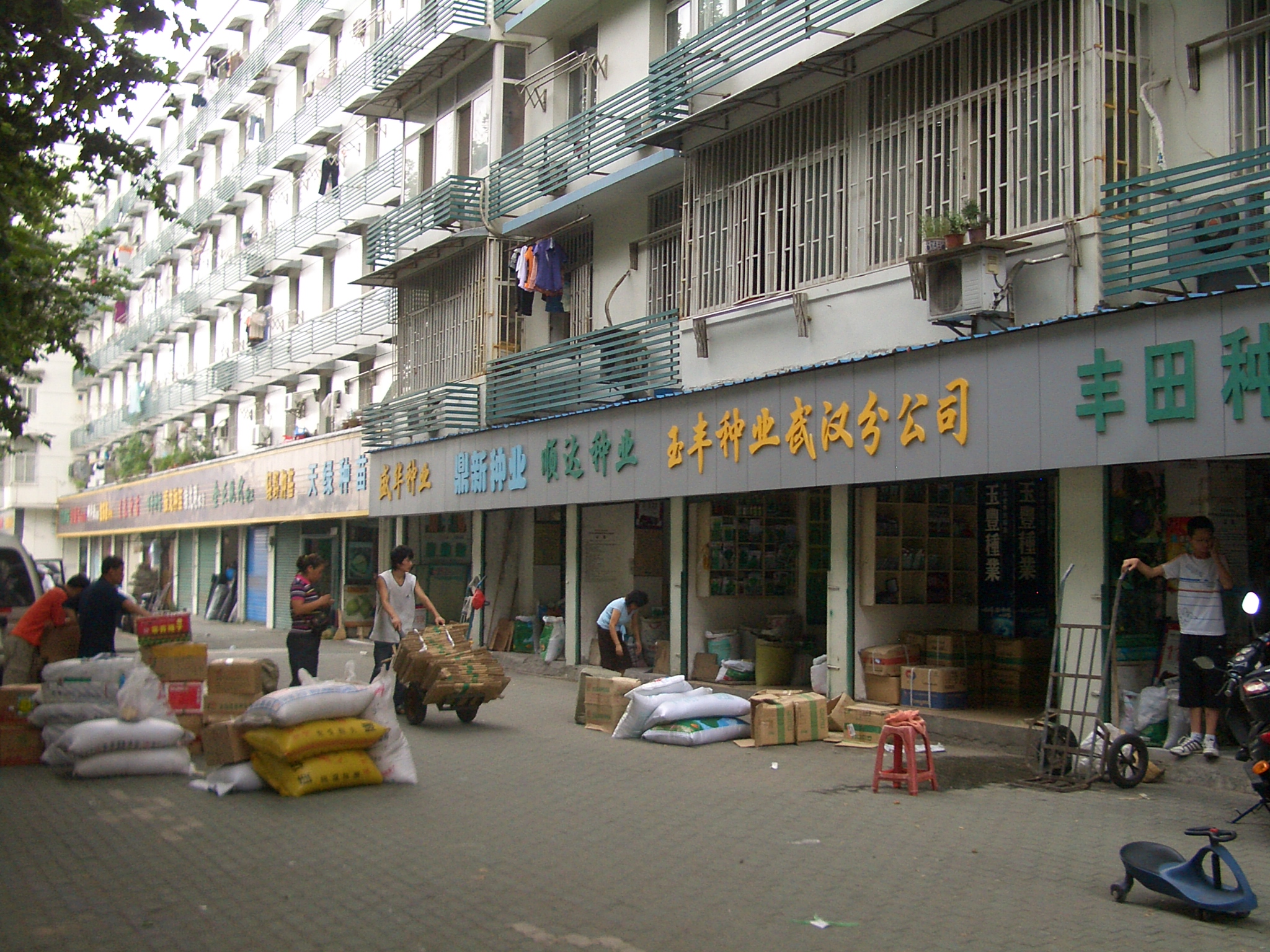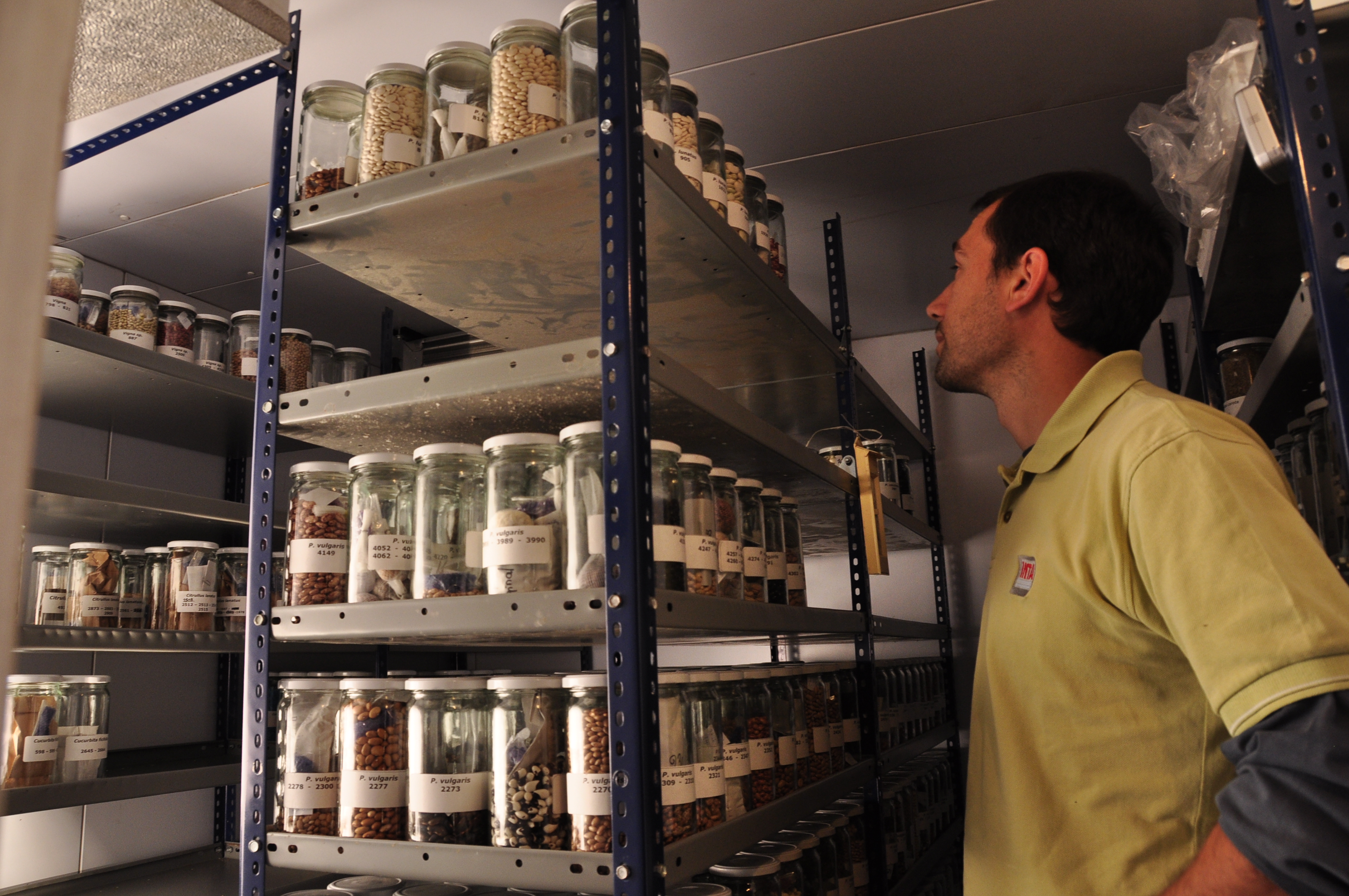|
American Seed Trade Association
Founded in 1883, the American Seed Trade Association (ASTA) is one of the oldest trade organizations in the United States. Its membership consists of over 700 companies involved in seed production and distribution, plant breeding, and related industries in North America. As an authority on plant germplasm, ASTA advocates science and policy issues related to the development, marketing and movement of seed, associated products and services throughout the world. Membership ASTA’s membership roster includes active members that are directly involved in seed production or distribution and research and development; corresponding members that produce or distribute seed outside of North America; affiliate members that are related associations and agencies; reciprocal members; and associate members that provide products or services for the seed industry. Ninety-five percent of ASTA’s active members are small businesses that report annual sales of less than $15 million. Most active, affi ... [...More Info...] [...Related Items...] OR: [Wikipedia] [Google] [Baidu] |
Trade Organization
A trade association, also known as an industry trade group, business association, sector association or industry body, is an organization founded and funded by businesses that operate in a specific industry. An industry trade association participates in public relations activities such as advertising, education, publishing, lobbying, and political donations, but its focus is collaboration between companies. Associations may offer other services, such as producing conferences, holding networking or charitable events, or offering classes or educational materials. Many associations are non-profit organizations governed by bylaws and directed by officers who are also members. In countries with a social market economy, the role of trade associations is often taken by employers' organizations, which also take a role in social dialogue. Political influence One of the primary purposes of trade groups, particularly in the United States, is to attempt to influence public policy in a ... [...More Info...] [...Related Items...] OR: [Wikipedia] [Google] [Baidu] |
Seed Company
Seed companies produce and sell seeds for flowers, fruits and vegetables to commercial growers and amateur gardeners. The production of seed is a multibillion-dollar business, which uses growing facilities and growing locations worldwide. While most of the seed is produced by large specialist growers, large amounts are also produced by small growers that produce only one to a few crop types. The larger companies supply seed both to commercial resellers and wholesalers. The resellers and wholesalers sell to vegetable and fruit growers, and to companies who package seed into packets and sell them on to the amateur gardener. Most seed companies or resellers that sell to retail produce a catalog, for seed to be sown the following spring, that is generally published during early winter. These catalogs are eagerly awaited by the amateur gardener, as during winter months there is little that can be done in the garden so this time can be spent planning the following year’s gardening. ... [...More Info...] [...Related Items...] OR: [Wikipedia] [Google] [Baidu] |
Plant Breeding
Plant breeding is the science of changing the traits of plants in order to produce desired characteristics. It has been used to improve the quality of nutrition in products for humans and animals. The goals of plant breeding are to produce crop varieties that boast unique and superior traits for a variety of applications. The most frequently addressed agricultural traits are those related to biotic and abiotic stress tolerance, grain or biomass yield, end-use quality characteristics such as taste or the concentrations of specific biological molecules (proteins, sugars, lipids, vitamins, fibers) and ease of processing (harvesting, milling, baking, malting, blending, etc.). Plant breeding can be performed through many different techniques ranging from simply selecting plants with desirable characteristics for propagation, to methods that make use of knowledge of genetics and chromosomes, to more complex molecular techniques. Genes in a plant are what determine what type of quali ... [...More Info...] [...Related Items...] OR: [Wikipedia] [Google] [Baidu] |
Germplasm
Germplasm are living genetic resources such as seeds or tissues that are maintained for the purpose of animal and plant breeding, preservation, and other research uses. These resources may take the form of seed collections stored in seed banks, trees growing in nurseries, animal breeding lines maintained in animal breeding programs or gene banks, etc. Germplasm collections can range from collections of wild species to elite, domesticated breeding lines that have undergone extensive human selection. Germplasm collection is important for the maintenance of biological diversity and food security. See also * Animal genetic resources for food and agriculture *Conservation biology * Cryoconservation of animal genetic resources *Forest genetic resources * International Treaty on Plant Genetic Resources for Food and Agriculture * Plant genetic resources *Seed saving References *Day-Rubenstein, K and Heisey, P. 2003. Plant Genetic Resources: New Rules for International Exchange' * 63 p ... [...More Info...] [...Related Items...] OR: [Wikipedia] [Google] [Baidu] |
CropLife America
CropLife International is an international trade association of agrochemical companies founded in 2001. It was previously known as ''Global Crop Protection Federation'' and started out as ''International Group of National Associations of Manufacturers of Agrochemical Products'' in 1967. Its members include the world's largest agricultural biotechnology and agricultural pesticide businesses namely BASF, Bayer CropScience, Corteva, FMC Corp., Sumitomo and Syngenta. The international body combines several national-level or continent-wide organisations, each one having the same goals but differing according to local language and custom. History In 1967, the International Group of National Associations of Manufacturers of Agrochemical Products (from French: ''Groupement International des Associations Nationales de Fabricants de Produits Agrochimiques'', GIFAP) was founded. In November 1996, GIFAP was renamed to Global Crop Protection Federation (GCPF). On 7 November 2001, GCPF was ... [...More Info...] [...Related Items...] OR: [Wikipedia] [Google] [Baidu] |
Seed Treatment
In agriculture and horticulture, a seed treatment is any additional material added to the seed. By the amount of material added, it can be divided into: * A seed dressing, typically containing a "protectant" ( pesticide) applied to the seed and possibly some color. * A seed coating, a layer of thin film applied to the seed typically less than 10% of the mass of the original seed. * Seed encrusting, where the applied material is typically 100%–500% of the original seed mass, but the shape is still discernible. * Seed pelleting, where the applied material is so thick that the seed's original shape is not discernible. Seed treatment provides the following functions: * For formulations with pesticides, direct application to seeds can be environmentally more friendly, as the amounts used can be very small. * Color makes treated seed less attractive to birds, and easier to see and clean up in the case of an accidental spillage. * A thick coating can improve handling, by hand or b ... [...More Info...] [...Related Items...] OR: [Wikipedia] [Google] [Baidu] |
ESA European Seed Association
''Euroseeds'' is a non-profit association for the seed industry in the European Union and the European Economic Area. An umbrella organization of national seed associations and individual seed companies, their members represent all aspects of the European seed industry including research, plant breeding, and the production and marketing of seeds of agricultural, horticultural and ornamental plant species. It was founded in November 2000 and was granted the legal status of international non-profit International Association (AISBL) according to Belgian law in April 2002. Its headquarters are located in Brussels, Belgium. History Following increasing inter-organizational cooperation begun in 1998, four separate European seed trade associations were merged into a single organization, at that time ESA, in 2000. They were COSEMCO (seed trade, founded in 1961), ASSOPOMAC (potato breeders, founded in 1964), AMUFOC (forage seed production, founded in 1970) and COMASSO (plant breeders, ... [...More Info...] [...Related Items...] OR: [Wikipedia] [Google] [Baidu] |
Corporate Europe Observatory
The Corporate Europe Observatory (CEO) is a non-profit research and campaign group whose declared aim is to "expose any effects of corporate lobbying on EU policy making". It is based in Brussels. The team (2021) consists of 13 staff members. Areas of work EU decisions and policies often mirror the interests of big business, as a result of the corporate capture of EU decision-making processes. This has consequences in terms of social and economic injustice and inequality, climate change and environmental destruction. Thus, CEO has developed a particular expertise in the following EU policy areas: agriculture, food safety, energy, climate change, EU lobbying regulation, trade, investment, economy, and finance. Corporate Europe Observatory's reports often attract the attention of media from all over the world. Recently, it gained international attention by announcing (in a joint publication with Global Witness and Corporate Accountability) that at COP26 the fossil fuel indu ... [...More Info...] [...Related Items...] OR: [Wikipedia] [Google] [Baidu] |
Seed Associations
A seed is an embryonic plant enclosed in a protective outer covering, along with a food reserve. The formation of the seed is a part of the process of reproduction in seed plants, the spermatophytes, including the gymnosperm and angiosperm plants. Seeds are the product of the ripened ovule, after the embryo sac is fertilized by sperm from pollen, forming a zygote. The embryo within a seed develops from the zygote, and grows within the mother plant to a certain size before growth is halted. The seed coat arises from the integuments of the ovule. Seeds have been an important development in the reproduction and success of vegetable gymnosperm and angiosperm plants, relative to more primitive plants such as ferns, mosses and liverworts, which do not have seeds and use water-dependent means to propagate themselves. Seed plants now dominate biological niches on land, from forests to grasslands both in hot and cold climates. The term "seed" also has a general meaning tha ... [...More Info...] [...Related Items...] OR: [Wikipedia] [Google] [Baidu] |
Agricultural Organizations Based In The United States
Agriculture or farming is the practice of cultivating plants and livestock. Agriculture was the key development in the rise of sedentary human civilization, whereby farming of domesticated species created food surpluses that enabled people to live in cities. The history of agriculture began thousands of years ago. After gathering wild grains beginning at least 105,000 years ago, nascent farmers began to plant them around 11,500 years ago. Sheep, goats, pigs and cattle were domesticated over 10,000 years ago. Plants were independently cultivated in at least 11 regions of the world. Industrial agriculture based on large-scale monoculture in the twentieth century came to dominate agricultural output, though about 2 billion people still depended on subsistence agriculture. The major agricultural products can be broadly grouped into foods, fibers, fuels, and raw materials (such as rubber). Food classes include cereals ( grains), vegetables, fruits, cooking oils, meat, mi ... [...More Info...] [...Related Items...] OR: [Wikipedia] [Google] [Baidu] |
Organizations Established In 1883
An organization or organisation (Commonwealth English; see spelling differences), is an entity—such as a company, an institution, or an association—comprising one or more people and having a particular purpose. The word is derived from the Greek word ''organon'', which means tool or instrument, musical instrument, and organ. Types There are a variety of legal types of organizations, including corporations, governments, non-governmental organizations, political organizations, international organizations, armed forces, charities, not-for-profit corporations, partnerships, cooperatives, and educational institutions, etc. A hybrid organization is a body that operates in both the public sector and the private sector simultaneously, fulfilling public duties and developing commercial market activities. A voluntary association is an organization consisting of volunteers. Such organizations may be able to operate without legal formalities, depending on jurisdiction, includin ... [...More Info...] [...Related Items...] OR: [Wikipedia] [Google] [Baidu] |



